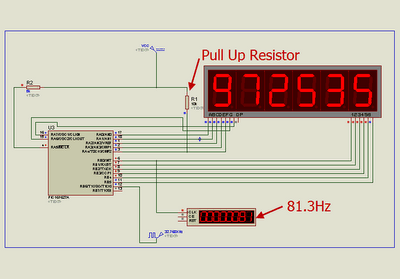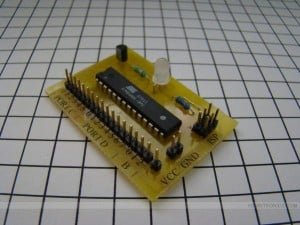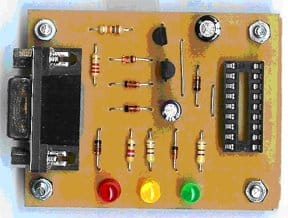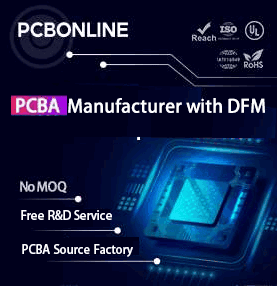The S.M.A.R.T. HVAC Monitor!

Many people always claim how smart and intelligent they’re in the electronics niche. If you’re one of those with the talent, would you dare try to create this S.M.A.R.T. HVAC monitor? As already mentioned earlier, an HVAC monitor is a project that involves making a S.M.A.R.T. (Self-Monitoring, Analysis, and Reporting Technology) Thermostat. It can access the internet without any further modification! Well, this project had already combined several elements of embedded electronics, and it keeps on the theme of Home Automation. By using the S.M.A.R.T. HVAC monitor, you’ll have the chance to control and monitor the HVAC system via the web. Furthermore, it could be easily interfaced with most commercial and residential systems. It is important to keep the furnace in working condition. This is why you might need to partner with Furnace Repair Whitby. The project is based on a PIC18F452 capable of using the standard 2-wire hardware I2C. You’ve to figure out a way to overcome the slight downside here, as these pins were not made available on the extension header, as the PIC-WEB uses I2C on-board to…






